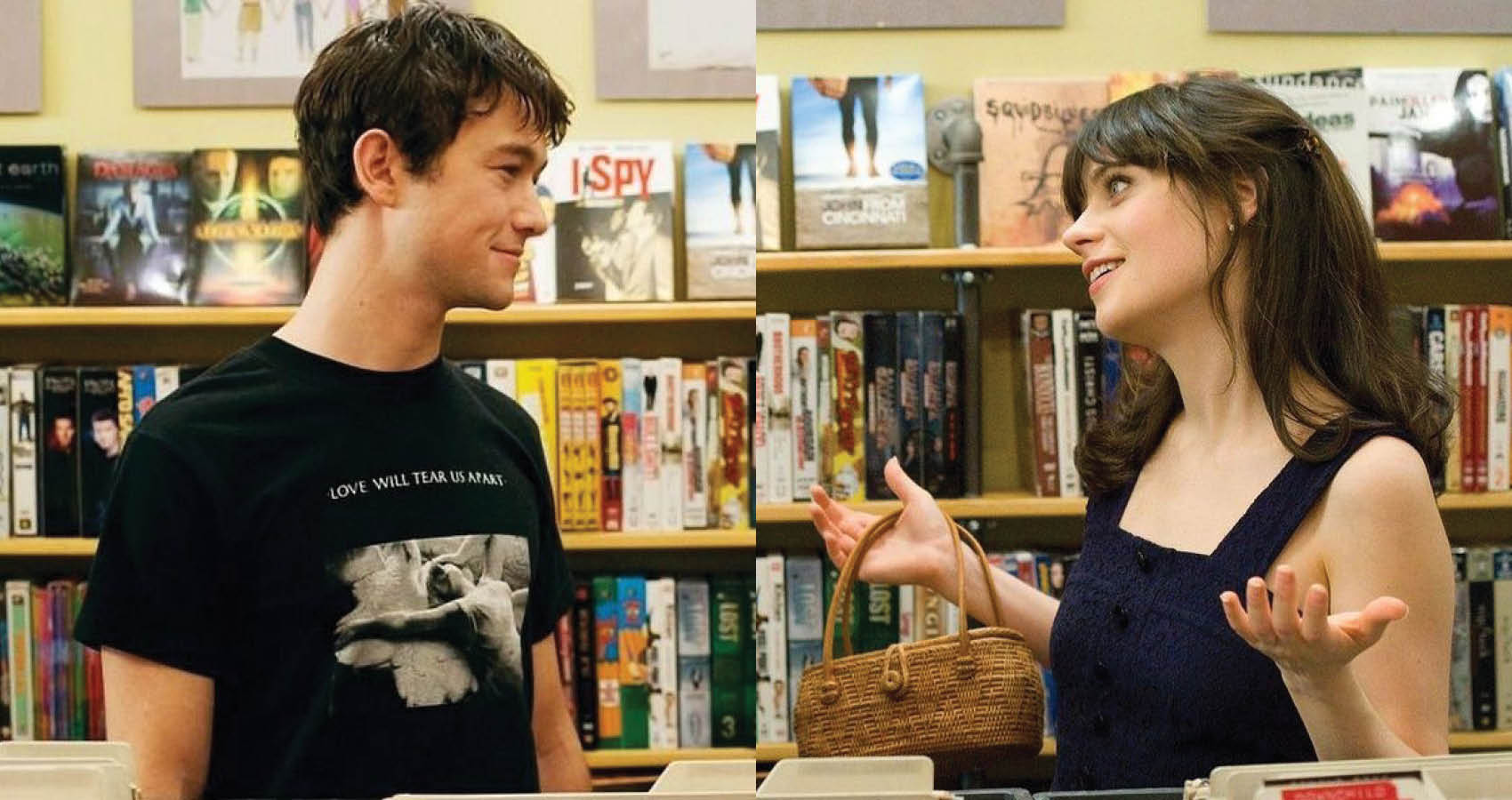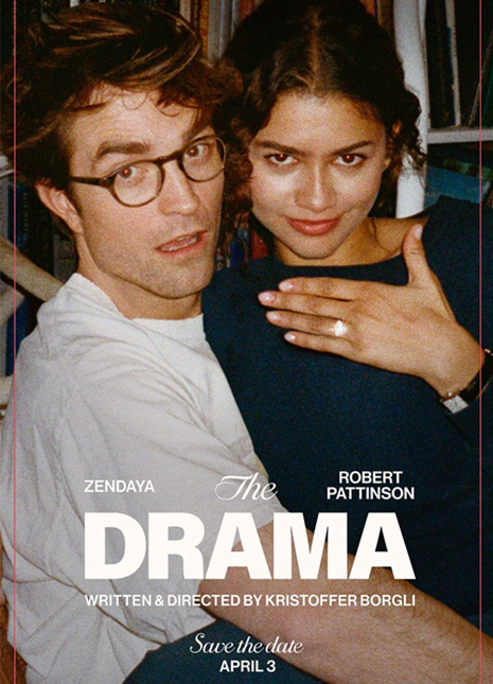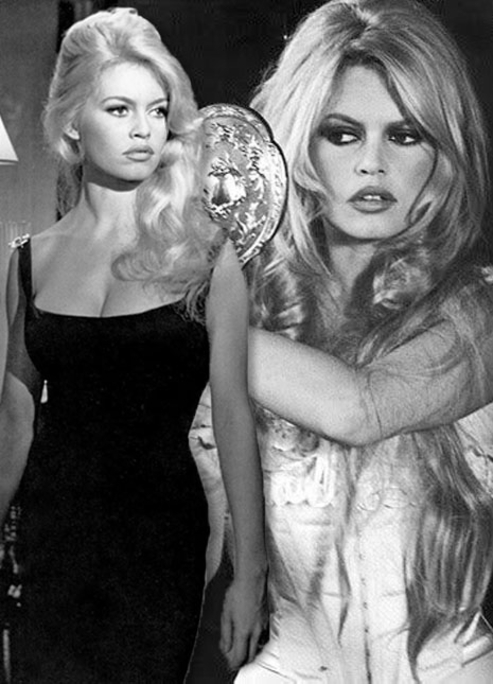
Are We Finally Moving On From The Manic Pixie Dream Girl?
Zooey Deschanel is ready to move on.
In a world filled with movies that honor various aesthetics and tropes, the “Manic Pixie Dream Girl” is often included. “What is an MPDG?” you may ask; well, according to the official definition, a Manic Pixie Dream Girl is “a type of female character often depicted as a whimsical, quirky, sometimes eccentric, fantasy woman who saves the male protagonist from himself.” The poster girl for this aesthetic is Zooey Deschanel’s character, Summer, in 500 Days of Summer.
In a recent interview, Deschanel opened up about how she doesn’t identify with this ideal because she’s “not a girl. I’m a woman.” She went on to say that she believes the MPDG stereotype forces women into being one-dimensional. While Zooey is the most used MPDG reference, there are plenty of Pinterest boards, Twitter threads, and articles honoring the various Manic Pixie Dream Girls throughout film history. Other popular characters apart of this stereotype are Kate Hudson’s character, Penny Lane from Almost Famous, Natalie Portman’s portrayal of Sam Feehan in Garden State, and Claire Colburn, played by Kirsten Dunst in Elizabethtown.
While the characters listed above all have fan clubs of their own, especially Penny Lane, there’s an issue that lies deeper within this trope: sexism. According to studiobinder.com, “the real criticism of the MPDG is that the mere existence of having a female archetype to help a man change IS actually sexist.” Unfortunately, this stereotype continues to live on in modern-day films and television. Still, it’s time that we progress past surface-level female characters whose personalities and existence are only written to help the arc of male characters.











